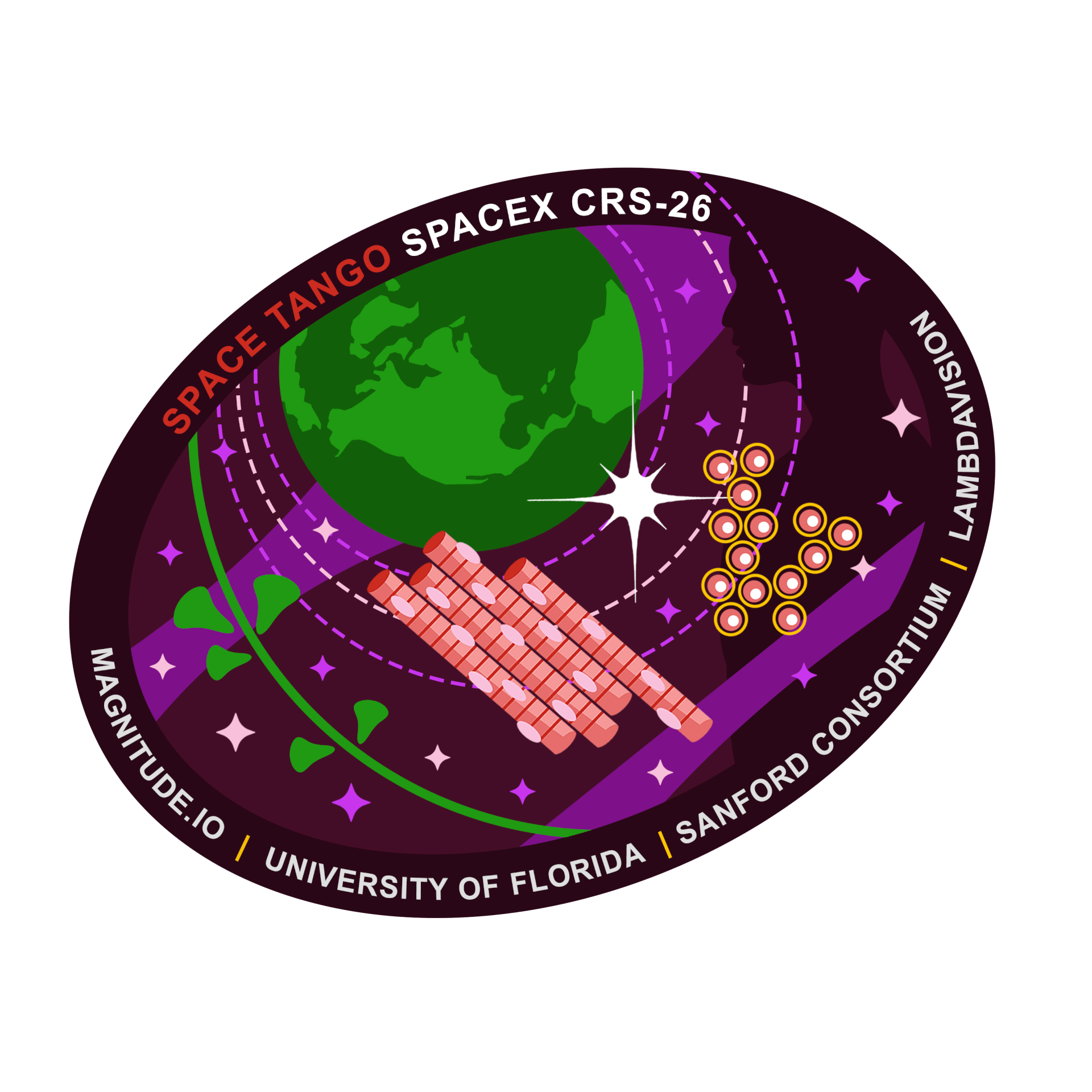
We use cookies to ensure that we give you the best experience on our website. If you continue to use this site we will assume that you are happy with it.
Ok ✕

Transduced Stromal Co-Cultures of Human Bone Marrow in Microgravity (Space Tango-Hematopoietic Stem Cells) investigates aging in blood stem cells and the transformation of these cells into cancer cells. While stem cells play a vital role during embryonic and fetal development, they also maintain adult tissue integrity and can be mobilized in response to injury to repair and regenerate tissues. Stem Cells are defined functionally based on their capacity to self-renew (divide without differentiating), differentiate into tissue-specific progenitors, and become dormant in protective microenvironments. This experiment design allows the ability to simulate and observe the response to injury and capacity for repair, aging, and (pre-)malignant transformation of normal hematopoietic stem cells in an accelerated time frame.
The investigation will use organoid technology and 3D scaffolds that support stem cell self-renewal, survival, and dormancy for extended culture periods. The CubeLab will house and protect the cells on orbit and ascent/descent to maintain cell culture conditions. Cells will be cultured within bags inside the CubeLab and perfused with culture media. A real-time camera will be installed into the CubeLab to allow for a downlink while on the ISS.
Why Microgravity?
Microgravity is the ideal environment for this investigation, exposure to radiation in low-Earth Orbit can speed up the processes outlined. It will simulate aging that would take much longer to observe on Earth. Microgravity will enable the study of cell response to injury, capacity for repair, overall stem cell fitness, and evolution of blood cancer. Data from this investigation could lead to new strategies to detect, halt, or even reverse certain blood cancers.
Human Muscle Contraction Response in Microgravity (Human Muscle-on-Chip) tests the feasibility of using accelerated muscle weakness in space to study age-related muscle decline on Earth, a condition also known as sarcopenia. This investigation uses tissue chips, small devices that contain human cells in a three-dimensional matrix designed to model both the structure and function of human tissue and organs.
Age-related muscle loss, a condition referred to as sarcopenia, is a significant concern to human health on Earth. This condition can reduce one’s ability to perform physical activities such as walking and running. While sarcopenia is present with increased prevalence among the aging population, it remains poorly understood.
Why Microgravity?
Muscle loss is accelerated in microgravity, providing a unique opportunity to study muscle degeneration and evaluate potential therapeutics to counteract sarcopenia in an increasingly aged population on Earth. The Human Muscle-on-Chip investigation has the potential to advance the screening of therapeutics to counteract muscle wasting as experienced by crew members aboard the International Space Station.
This investigation’s goal is to leverage microgravity to improve upon layer-by-layer deposition to produce the first protein-based artificial retina to restore meaningful vision for patients with advanced retinal degenerative diseases, including retinitis pigmentosa (RP) and age-related macular degeneration (AMD).
This automated Protein-Based Artificial Retina Manufacturing CubeLab will demonstrate the feasibility of manufacturing a pilot-scale protein-polymer-based layer-by-layer deposition process to develop artificial retinas in low-Earth orbit. During this flight, the LambdaVision-Space Tango partnership will collect data to optimize processes for science, automated hardware, and a regulatory process that will establish a baseline for future biomedical applications for in-space manufacturing.
Why Microgravity?
The microgravity environment of space can improve the homogeneity and performance of the artificial retina technology compared to prototypes produced on Earth. Microgravity production paradigms have been shown to enhance the three-dimensional assembly of thin films due to decreased solute aggregation, a reduction of intralayer defects, efficient binding between layers, and an increase in the optical clarity of the films.
In partnership with Magnitude.io investigates the effects of microgravity on the process of capturing and storing atmospheric carbon dioxide through the growth and development of leguminous plant species Medicago sativa and Medicago truncatula. This investigation can lead to less equipment to scrub space vehicles or stations of carbon dioxide and be a food source.
The base experiment consists of six tubes, two with Medicago sativa and four with Medicago truncatula situated in a CubeLab, with agar and lighting. Imaging and sensing will provide growth characterization and environmental outputs to characterize the species’ performance in the microgravity environment.
Why Microgravity?
This investigation mission is to achieve root nodulation by bacteria on red clover plants while under the stress of spaceflight. In this investigation, students will conduct a twin-ground investigation. Students will conduct ground trials growing plants and have access to the experiment images and data while it is on the International Space Station.